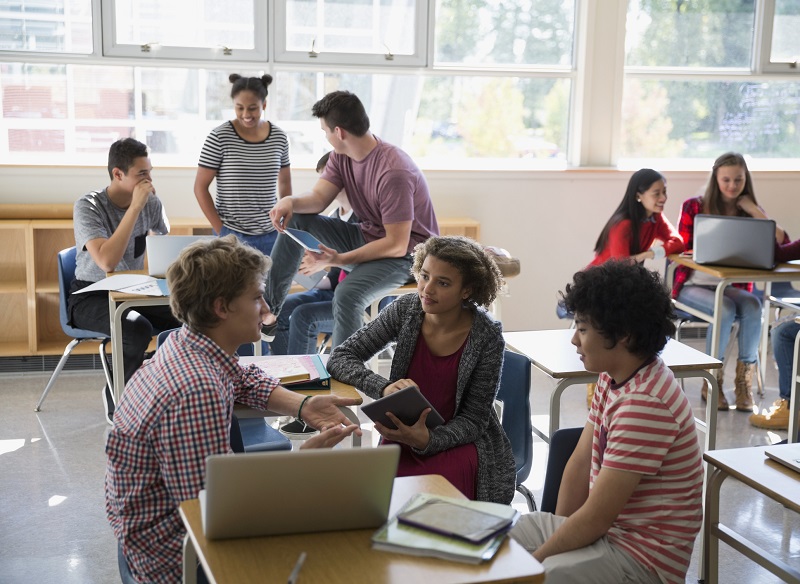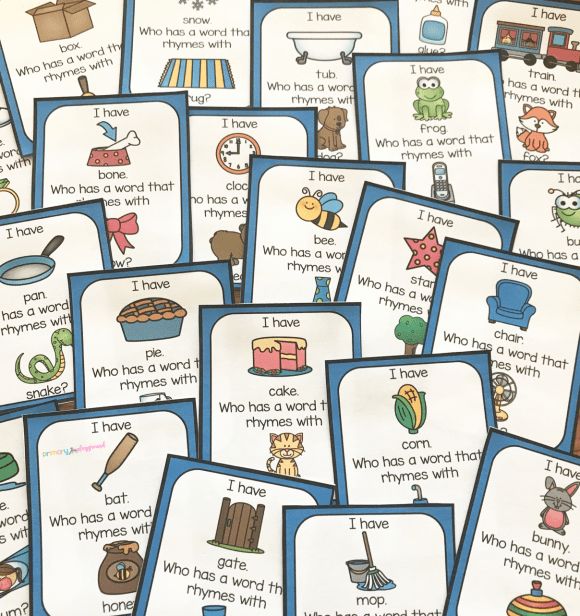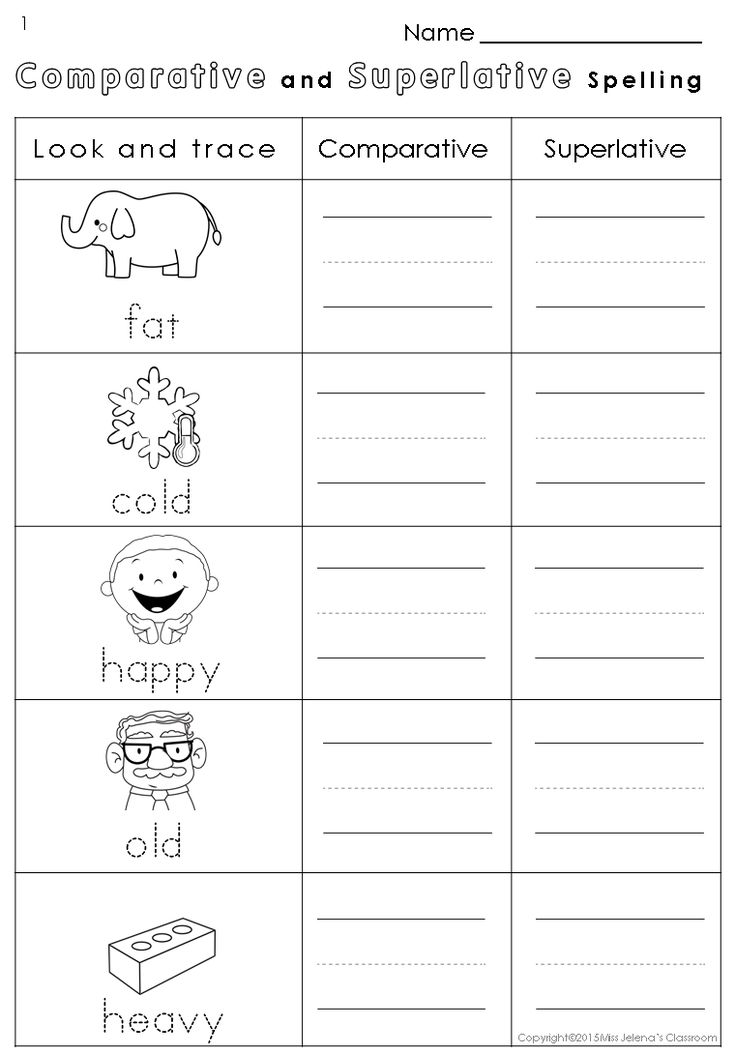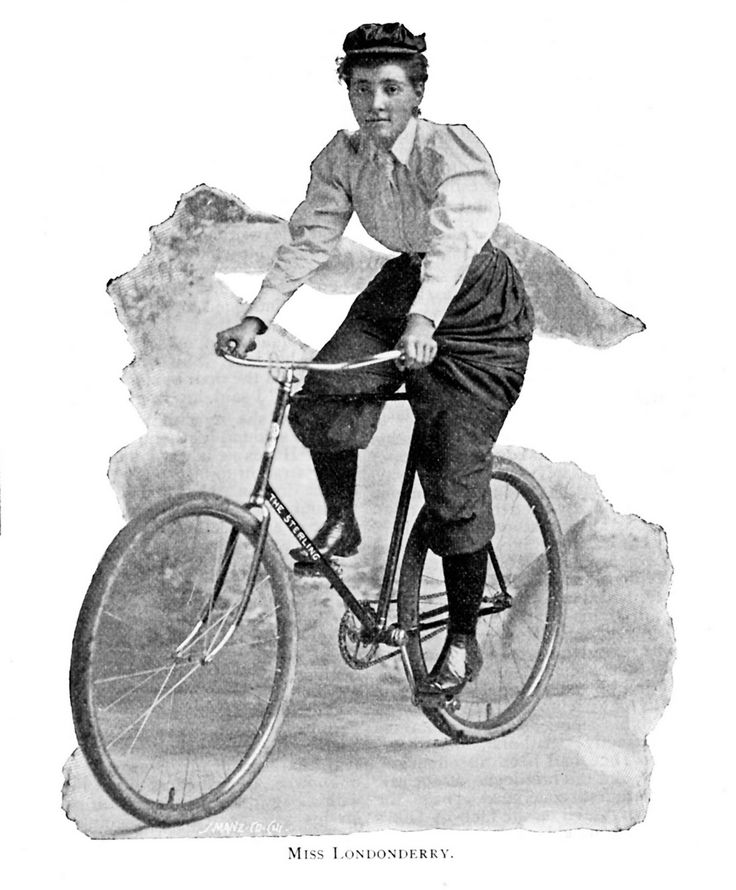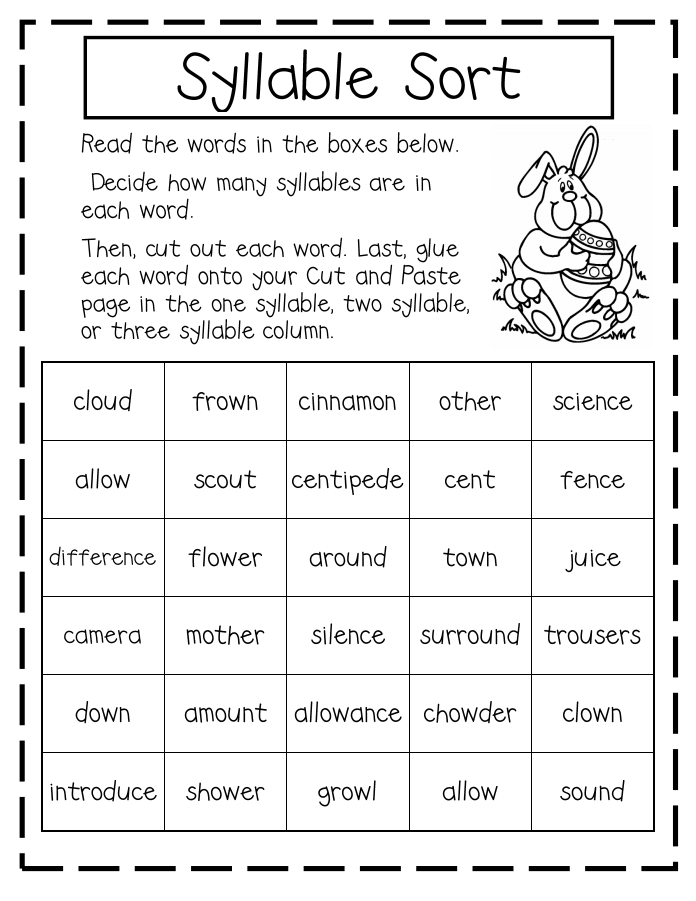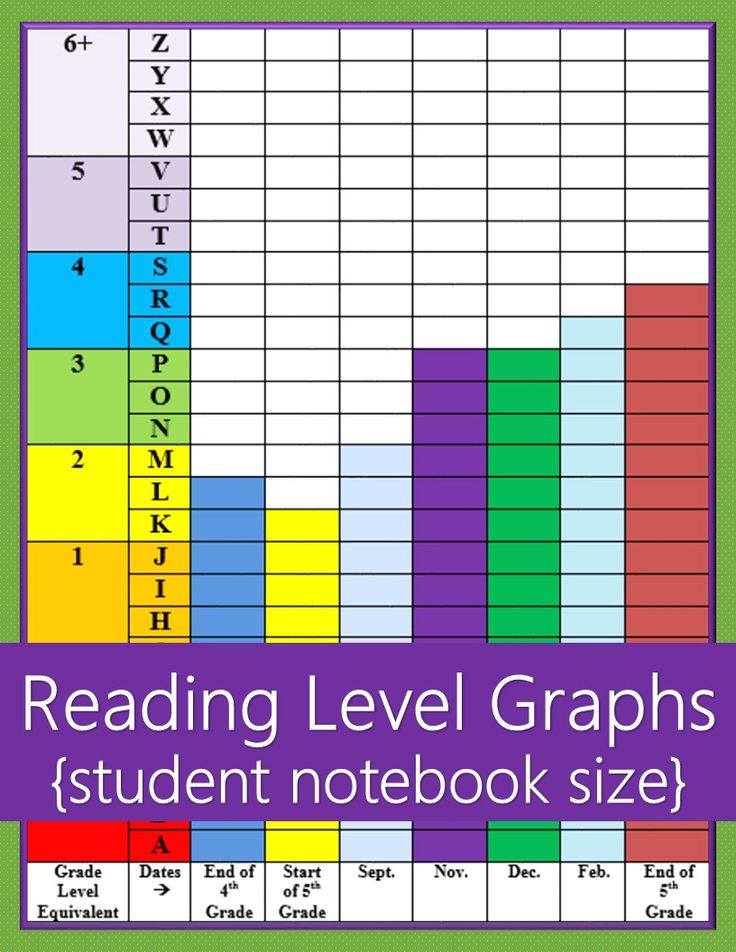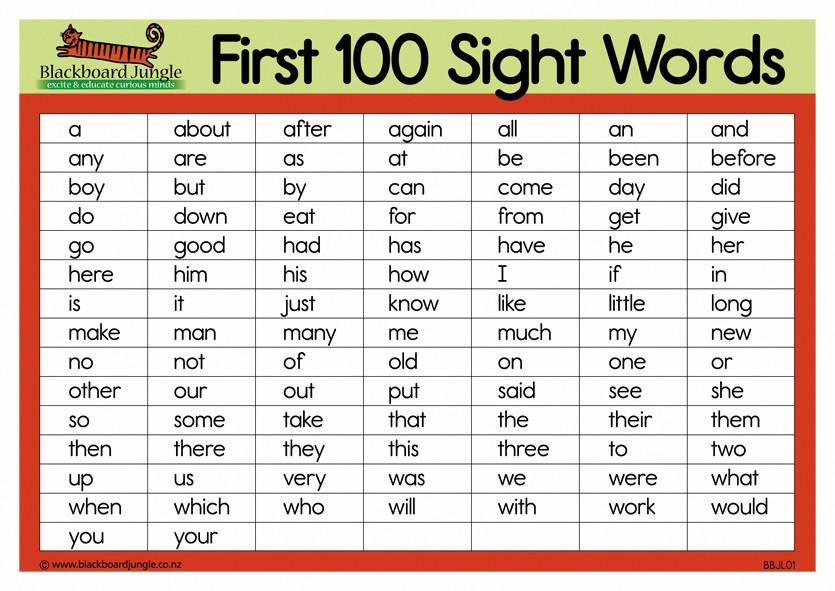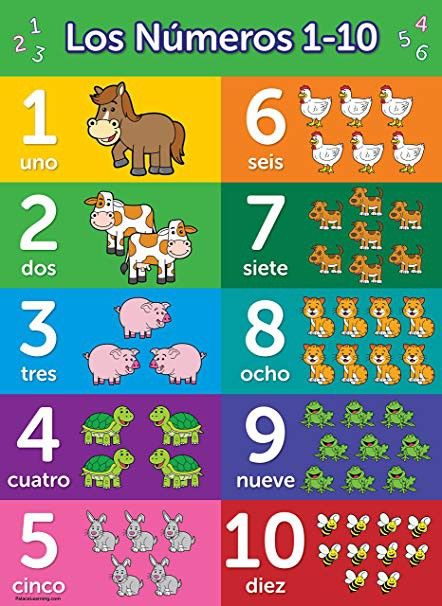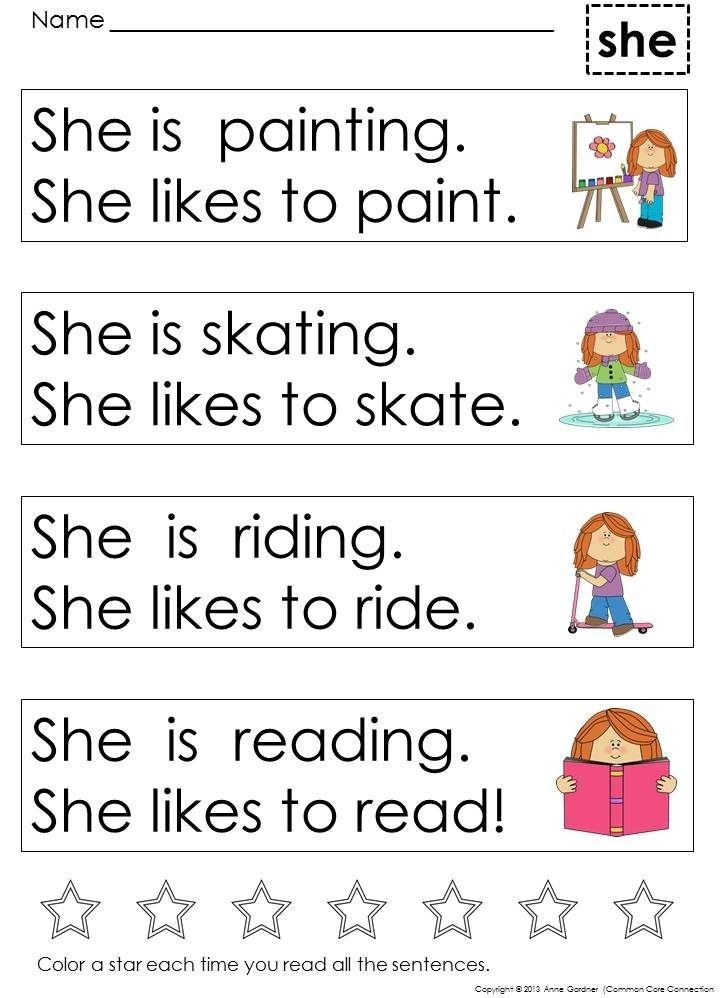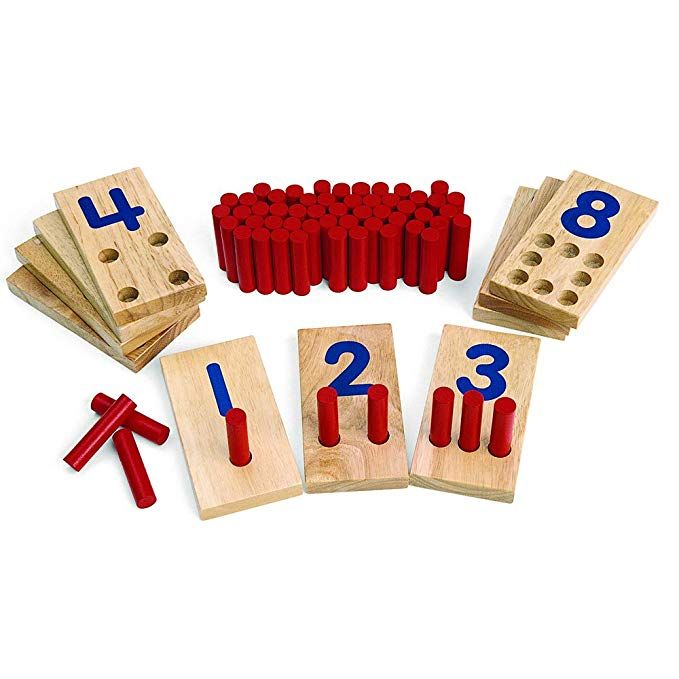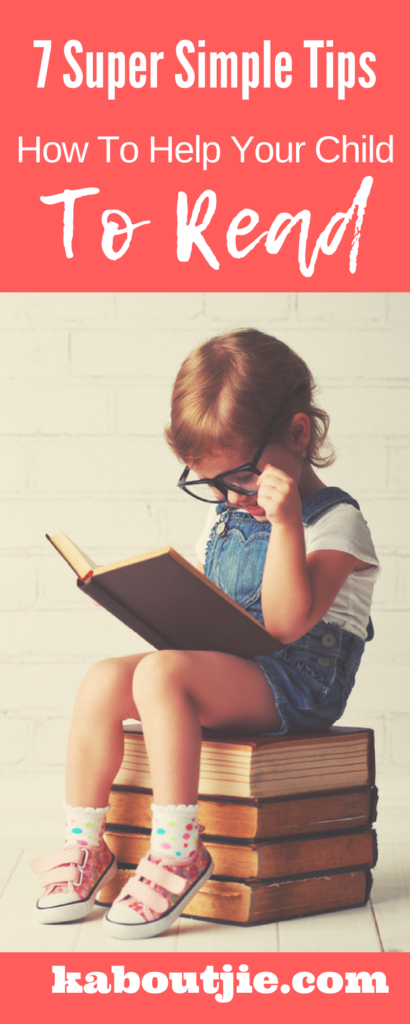Social skills teacher
9 Ways to Teach Social Skills in Your Classroom
Research and experience has told us that having social skills is essential for success in life. Inclusive teachers have always taught, provided and reinforced the use of good social skills in order to include and accommodate for the wide range of students in the classroom.
Essentially, inclusive classrooms are representations of the real world where people of all backgrounds and abilities co-exsist. In fact, there are school disctricts with curriculum specifically for social and emotional development.
Here are some ways in which you can create a more inclusive classroom and support social skill development in your students:
1. Model manners
If you expect your students to learn and display good social skills, then you need to lead by example. A teacher's welcoming and positive attitude sets the tone of behaivor between the students. They learn how to intereact with one another and value individuals. For example, teachers who expect students to use "inside voices" shouldn't be yelling at the class to get their attention.
In other words, practice what you preach.
2. Assign classroom jobs
Assigning classroom jobs to students provides opportunties to demonstrate responsibility, teamwork and leadership. Jobs such as handing out papers, taking attendance, and being a line-leader can highlight a student's strengths and in turn, build confidence. It also helps alleviate your workload! Teachers often rotate class jobs on a weekly or monthly basis, ensuring that every student has an opportunity to participate. Check out this list of classroom jobs for some ideas!
3. Role-play social situations
As any teacher knows, it's important to not only teach the students a concept or lesson but then give them a chance to practice what they have learned. For example, if we teach students how to multiply, then we often provide a worksheet or activity for the students to show us their understanding of mulitiplication. The same holds true for teaching social skills. We need to provide students with opportunities to learn and practice their social skills.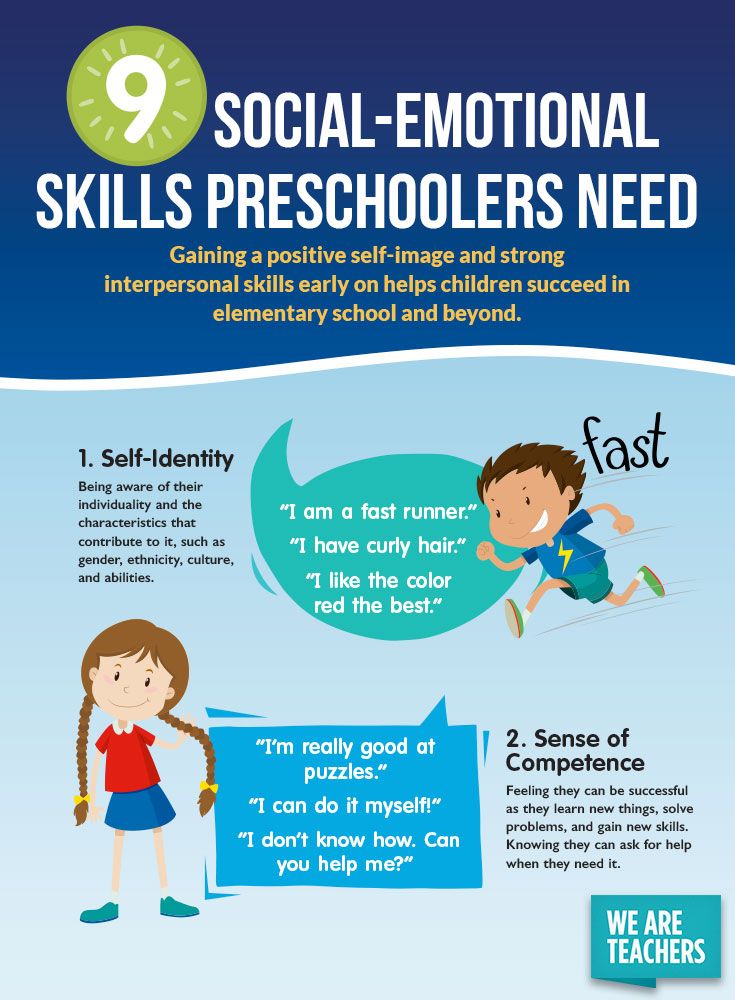 An effective method of practice is through role-playing. Teachers can provide structured scenarios in which the students can act out and offer immediate feedback. For more information on how to set-up and support effective role-playing in your classroom have a look at this resource from Learn Alberta.
An effective method of practice is through role-playing. Teachers can provide structured scenarios in which the students can act out and offer immediate feedback. For more information on how to set-up and support effective role-playing in your classroom have a look at this resource from Learn Alberta.
4. Pen-pals
For years, I arranged for my students to become pen-pals with kids from another school. This activity was a favorite of mine on many different academic levels; most importantly it taught students how to demonstrate social skills through written communication. Particularly valuable for introverted personalities, writing letters gave students time to collect their thoughts. It levelled the playing field for students who had special needs or were non-verbal. I was also able to provide structured sentence frames in which the kids held polite conversation with their pen-pal. Setting up a pen-pal program in your classroom takes some preparation before the letter writing begins.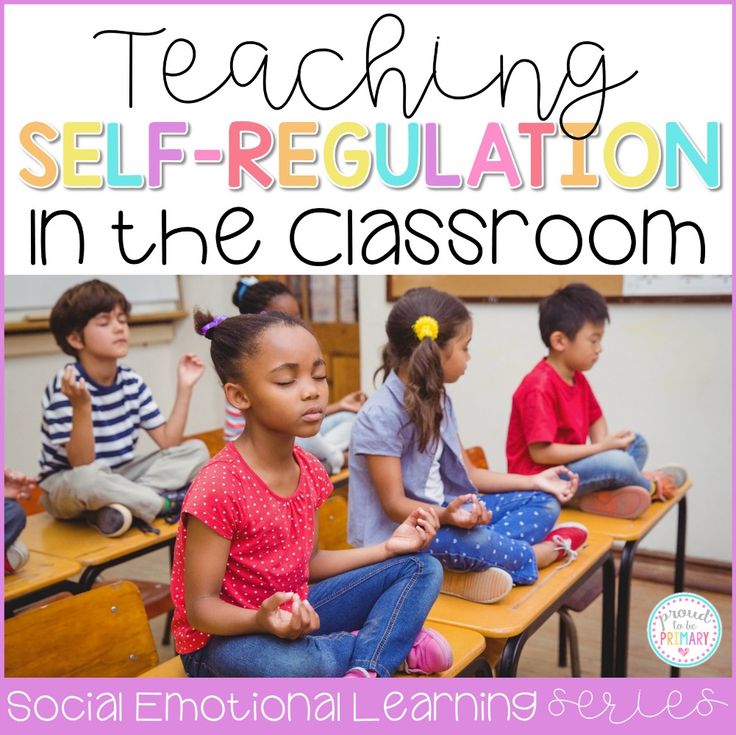 You want to ensure that students have guidelines for content and personal safety. This article, Pen Pals in the 21st Century, from Edutopia will give you some ideas!
You want to ensure that students have guidelines for content and personal safety. This article, Pen Pals in the 21st Century, from Edutopia will give you some ideas!
5. Large and small group activities
In addition to the academic benefits, large and small group activities can give students an opportunity to develop social skills such as teamwork, goal-setting and responsibility. Students are often assigned roles to uphold within the group such as Reporter, Scribe, or Time-Keeper. Sometimes these groups are self-determined and sometimes they are pre-arranged. Used selectively, group work can also help quieter students connect with others, appeals to extroverts, and reinforces respectful behavior. Examples of large group activities are group discussions, group projects and games. Smaller group activities can be used for more detailed assignments or activities. For suggestions on how to use grouping within your classroom, check out this article, Instructional Grouping in the Classroom.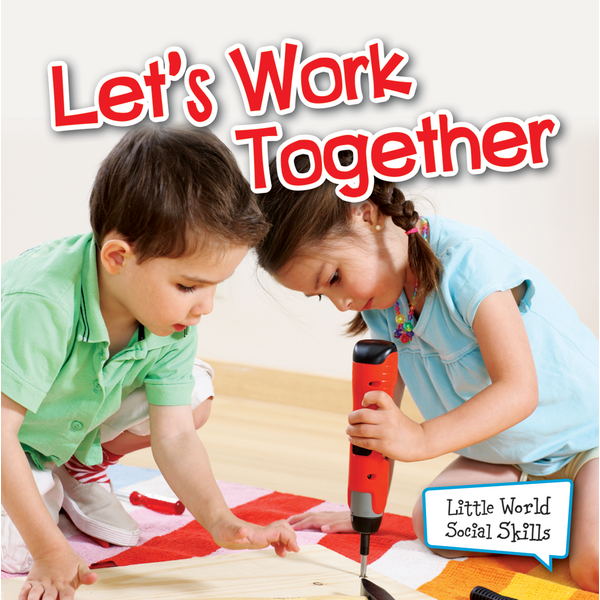
6. Big buddies
We know that learning to interact with peers is a very important social skill. It is just as important to learn how to interact with others who may be younger or older. The Big Buddy system is a great way for students to learn how to communicate with and respect different age groups. Often an older class will pair up with a younger class for an art project, reading time or games. Again, this type of activity needs to be pre-planned and carefully designed with student's strengths and interests in mind. Usually, classroom teachers meet ahead of time to create pairings of students and to prepare a structured activity. There is also time set aside for the teacher to set guidelines for interaction and ideas for conversation topics. Entire schools have also implemented buddy programs to enrich their student's lives. Here is an article that offers tips on how to start a reading buddy program.
7. Class stories
There are dozens of stories for kids that teach social skills in direct or inadvertant ways. Find strategies to incoporate these stories in your class programs. You can set aside some time each day to read-aloud a story to the entire class or use a story to teach a lesson. Better yet, have your class write their own stories with characters who display certain character traits.
Find strategies to incoporate these stories in your class programs. You can set aside some time each day to read-aloud a story to the entire class or use a story to teach a lesson. Better yet, have your class write their own stories with characters who display certain character traits.
8. Class meeting
Class Meetings are a wonderful way to teach students how to be diplomatic, show leadership, solve problems and take responsibility. They are usually held weekly and are a time for students to discuss current classroom events and issues. Successful and productive meetings involve discussions centered around classroom concerns and not individual problems. In addition, it reinforces the value that each person brings to the class. Before a class meeting, teachers can provide the students with group guidelines for behavior, prompts, and sentence frames to facilitate meaningful conversation. Here is a great article, Class Meetings: A Democratic Approach to Classroom Management, from Education World that describes the purpose and attributes of a class meeting.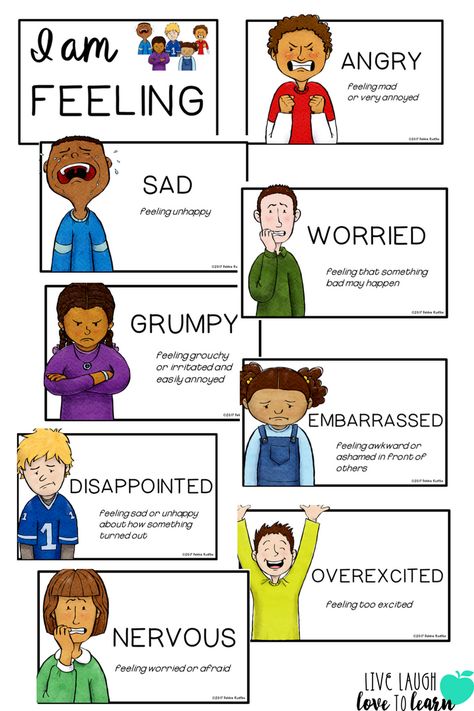
9. Explicit instruction
Finally, teachers can carve out a time in their curriculum to directly teach social skills to their students. Research-based programs such as Second Step provide teachers and schools with explicit lessons for social development. These programs can provide schools and classrooms with a common language, set of behavior expectations, and goals for the future. I have used programs such as Second Step in my classrooms with much success!
Nicole Eredics is an educator who specializes in the inclusion of students with disabilities in the general education classroom. She draws upon her years of experience as a full inclusion teacher to write, speak, and consult on the topic of inclusive education to various national and international organizations. She specializes in giving practical and easy-to-use solutions for inclusion. Nicole is creator of The Inclusive Class blog and author of a new guidebook for teachers and parents called, Inclusion in Action: Practical Strategies to Modify Your Curriculum.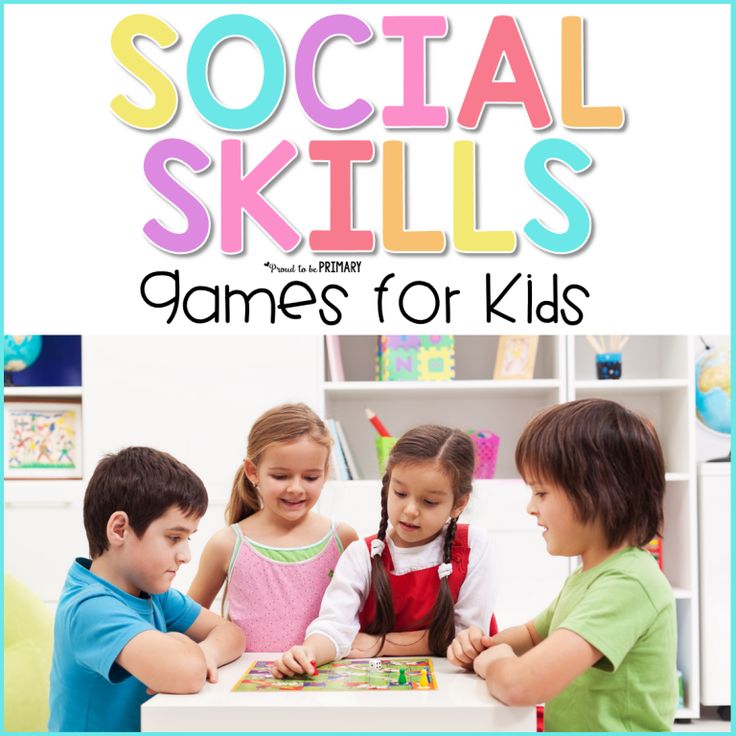 For more information about Nicole and all her work, visit her website.
For more information about Nicole and all her work, visit her website.
Related Topics
Social and Emotional Learning
How to Teach Social Skills, Step by Step
Seating students together is not enough to ensure teamwork. Many kids have very little idea how to interact appropriately with their classmates. They simply lack the social skills needed to perform the most basic cooperative learning tasks. Lack of social skills is probably the biggest factor contributing to lack of academic success in teams. Fortunately, social skills can be taught just like academic skills. If you use a systematic approach like the one described below, you’ll find that your students CAN learn how to interact appropriately and become productive team members.
Listen to the Podcast: How to Teach Social Skills for Working Together
For more information about how to teach social skills, listen to Episode 7 of my Inspired Teaching Made Easy podcast below.
Six Step Process for Teaching Social Skills
1.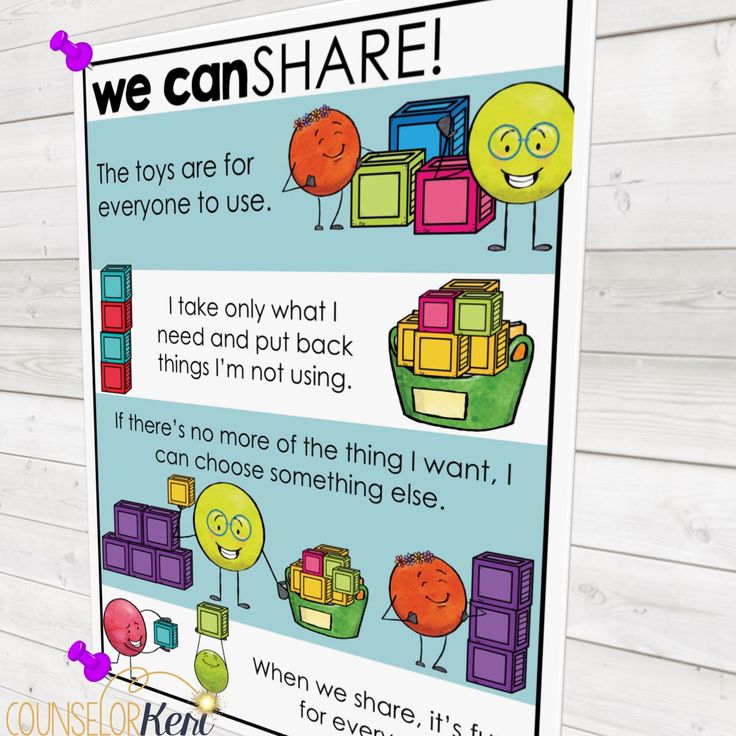 Discuss the Need for Social Skills
Discuss the Need for Social Skills
Before you can help students improve their social skills, they need to understand why these skills are important. You might begin by asking your students to think about problems they may have experienced when working in groups, such as team members not listening to each other or not taking turns. Explain that most of these problems are caused by poor “social skills,” sometimes known as “people skills.” You might even mention that sometimes adults need to work on their social skills, too! Brainstorm a list of social skills that might make it easier for students to work together in teams. If they can’t think of any social skills for working together, share some of the suggestions from the list below.
2. Select a Social Skill
Even though your students may need to work on several different social skills, it’s best to focus on just one skill at a time. You can start with the skill you feel is most important, or you can let your class decide which skill they need to work on at a given time.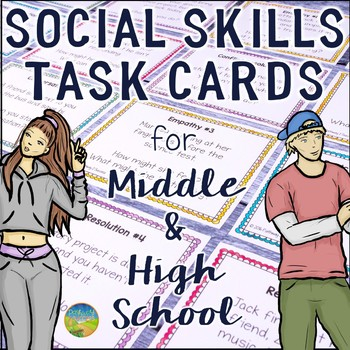 I like to start with “Praising,” which might also be stated as “Showing Appreciation,” because when kids master this skill, all of the other skills are easier to learn.
I like to start with “Praising,” which might also be stated as “Showing Appreciation,” because when kids master this skill, all of the other skills are easier to learn.
3. Teach the Social Skill
Step 3 is to teach the skill explicitly so that your students know exactly what to do and what to say in order to master the social skill. For this part of the lesson, you can use the Working Together Skills T-chart below by projecting it on a whiteboard or drawing it on anchor chart paper.
Write the name of the social skill in the box at the top of the Working Together Skills chart. Then ask your students to help you brainstorm what they might do and what they might say when demonstrating the social skill. Write what they might DO under the Looks Like heading because this is what the skill looks like when it is demonstrated. Write the words they might SAY under the Sounds Like heading because this is what the skill might sound like to someone who is observing the activity.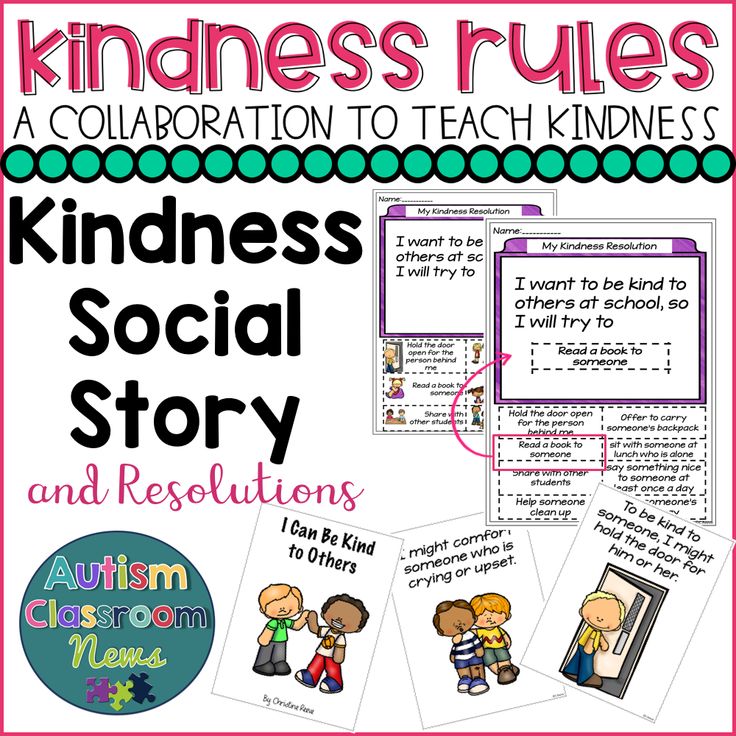
Examples for the social skill of Praising:
Looks Like: Thumbs up, Clapping, Smiling
Sounds Like: Terrific! I knew you could do it! Way to go! I like the way you…
4. Practice the Skill
After you complete the Working Together Skills chart with your students, it’s important to have them practice the skill right away by participating in a structured cooperative learning activity. For example, if you taught Active Listening as the social skill, you might follow up with a team discussion activity in which students take turns answering questions or sharing ideas around the team. Here a a few suggestions for cooperative learning structures you can use to practice specific social skills:
Social Skills and Cooperative Learning Structures
| Social Skills | Structures for Practice* |
| Active Listening | Roundrobin, Think-Pair-Share, Mix-Freeze-Pair |
| Praising | Rallytable, Roundtable, Pairs Check, Showdown |
| Taking Turns | Rallytable, Pairs Check, Roundtable |
| Using Quiet Voices | Think-Pair-Share, Numbered Heads Together, Showdown |
| Staying on Task | Rallytable, Roundtable, Pairs Check, Showdown, Mix-N-Match |
| Helping or Coaching | Rallytable, Pairs Check, Showdown, Mix-N-Match |
| Using Names | Mix-N-Match, Mix-Freeze-Pair, Showdown |
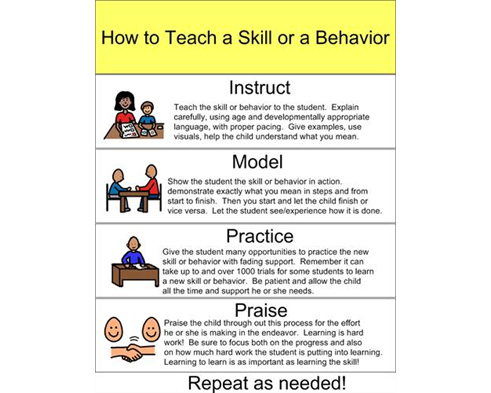 Spencer Kagan’s book, Cooperative Learning. Spencer Kagan’s book, Cooperative Learning. | |
5. Pause and Reflect
Sometime during the practice activity, use an attention signal to stop the class. Ask them to think about how they’ve been using the social skill. If you have observed teams or individuals doing a good job with the skill, share your observations with the class. Challenge students to continue to work on their use of the social skill as they complete the activity. Refer to your Working Together Skills T-chart if students have forgotten what the skill Looks Like and Sounds Like.
6. Review and Reflect
At the end of the activity, reflect again on how well the social skills were used. Take a few minutes to discuss the positive interactions that were happening, and aspects of the social skill that still need work. This is a also a perfect opportunity for personal journal writing and reflections. Consider these writing prompts:
- How well was the social skill being used on your team? What specific examples do you remember?
- How did you personally use the social skill? What did you do and/or say? To whom?
- How might you improve in using this skill next time?
By the way, it’s not necessary to follow all six steps every time you teach a new social skill.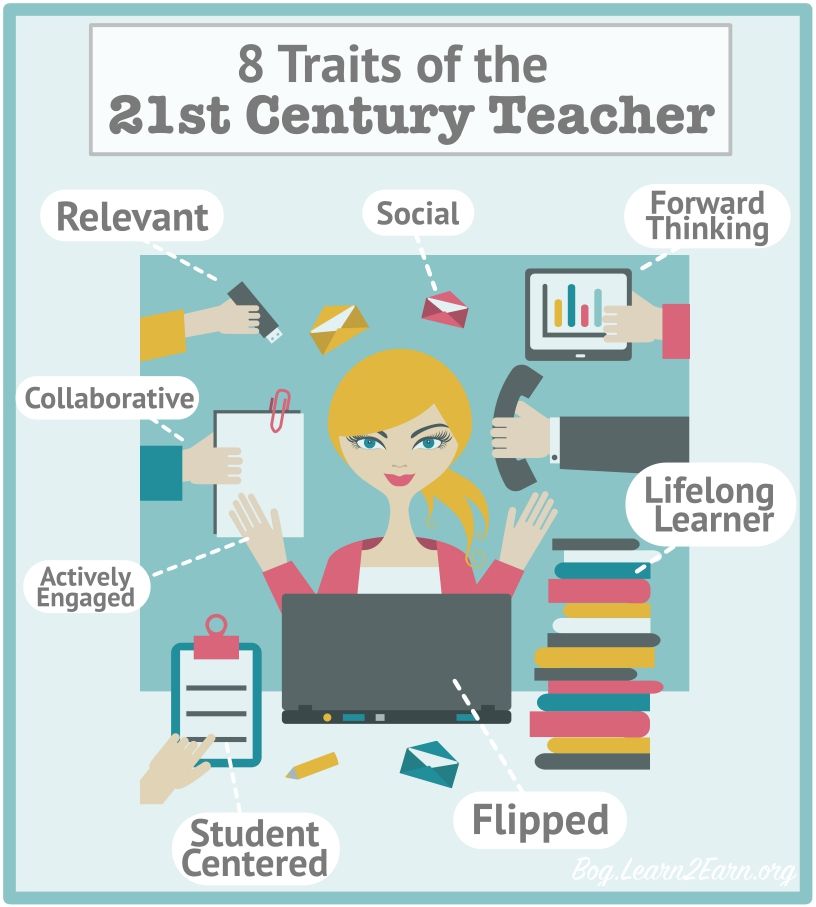 The most important elements are explicitly teaching of the skill and immediately following the instruction with a cooperative activity to practice the skill. The reflection steps are important and should be included as often as possible, too.
The most important elements are explicitly teaching of the skill and immediately following the instruction with a cooperative activity to practice the skill. The reflection steps are important and should be included as often as possible, too.
Modification for Younger Students
Younger students or special needs students could benefit from watching an excellent video created by Model Me Kids called Time for School. This video shows students exactly how to perform specific social skills. Even if you don’t use the video with your students, you might be interested in viewing it yourself to see how social skills can be broken down into steps and taught. If the video is appropriate for your students, they could watch it before completing the Working Together Skills chart above.
Social-emotional skills in school. Part 1.
As part of the project “University Environment for Teachers” of the Moscow City Department of Education, a program of several lectures was presented at the HSE Institute of Education, the participants of which were members of the Educational Spaces Design Studio.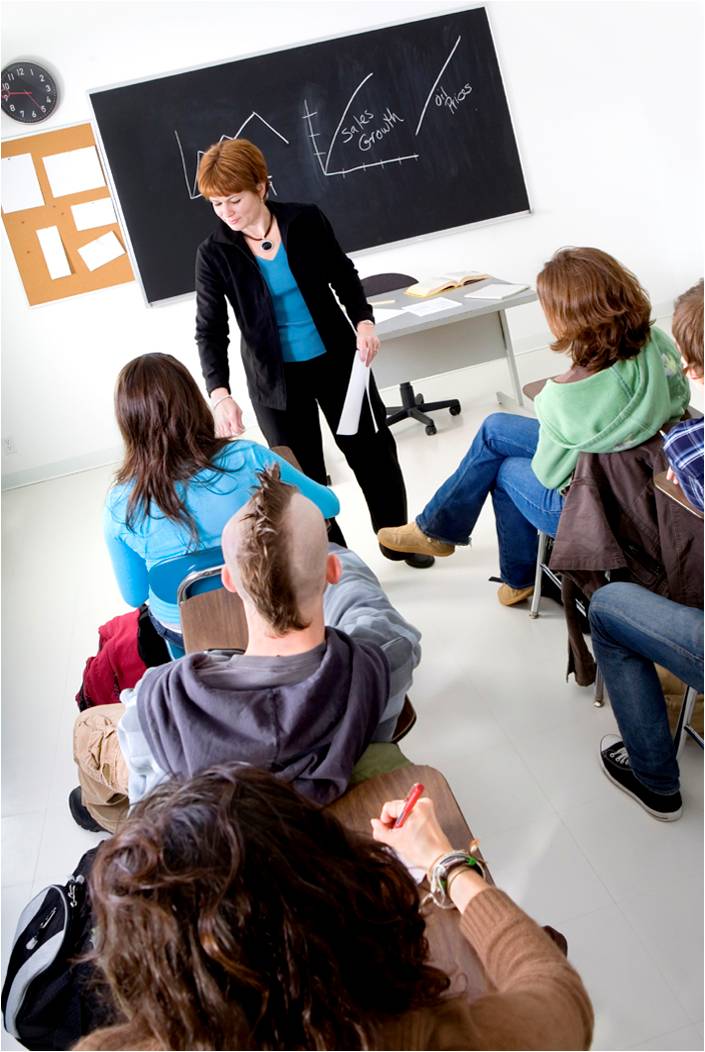 This article will focus on lecture “Forms of work in the classroom that contribute to the development of social and emotional skills of students” , author — Tatyana Kanonir , Associate Professor, PhD, co-director of the master's program “Measurements in Psychology and Education”.
This article will focus on lecture “Forms of work in the classroom that contribute to the development of social and emotional skills of students” , author — Tatyana Kanonir , Associate Professor, PhD, co-director of the master's program “Measurements in Psychology and Education”.
There has been a lot of talk lately about the importance of developing social-emotional skills. The educational standards of basic and primary schools in Russia require the formation of students, along with subject educational results, meta-subject and personal educational results. It is under personal educational results that social-emotional skills are hidden.
Social Emotional Skills (SES) are skills that enable people to recognize and manage their emotions, successfully manage conflicts, understand and empathize with others, establish and maintain positive relationships, follow ethics, contribute constructively to their reference communities, set and achieve goals.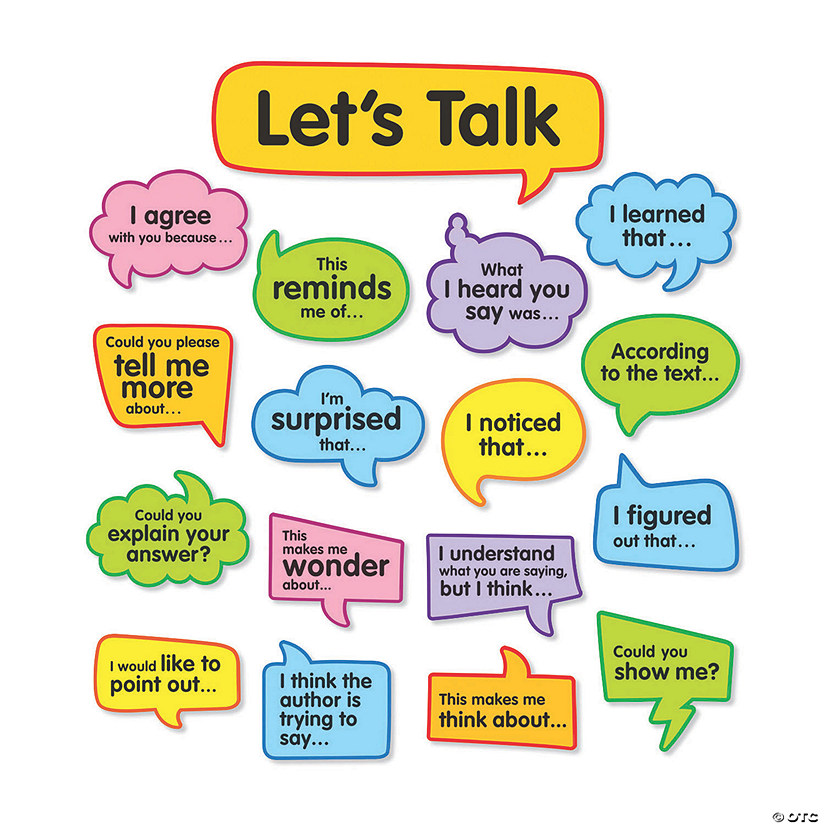
Different terms are used to refer to these “non-cognitive” skills: Soft Skills or “soft skills”, skills of the XXI century, emotional intelligence ... All of these concepts differ from each other in breadth of coverage and context of use, but have similar features: conceptual independence on cognition, total value for social adaptation, relative stability over time, potential change as a result of exposure , situational manifestation.
In this article we will focus on 2 social-emotional skills
- Achieving goals : working towards achieving short- and long-term goals, including in changing conditions:
- stability (ability to maintain stable work for a significant time),
- self-control (the ability to control one's state in the process of performing a task),
- striving for a goal (awareness of the need to achieve the goal - independent or set by the teacher).

- Collaboration with other people
- sociability (ability to establish and maintain social contacts),
- respect (tact and respect for peers and adults, including those from other cultures),
- caring (disinterested assistance to the interaction partner).
Exercises to help teachers develop these social-emotional skills in students
1. Formation of the skill of achieving goals
Exercise : mutual assistance in achieving individual goals (conducted in small groups)
- The teacher begins the lesson by telling the children about the difficulties people often face in achieving their own goals and suggests the most general strategies for overcoming these obstacles, writing the main points on the board. For example, it could be a list like this:
- frustration (depending on the audience, a more understandable term may be used, such as depression) that the goal is too difficult.
 Possible strategies: relaxation, distraction, break from work.
Possible strategies: relaxation, distraction, break from work. - boredom . Possible strategies: set a shorter-term goal, give yourself a reward (such as a break or ice cream). too lazy to do the task. Possible strategies are: assign yourself a reward, think about how you will feel when you complete the task, or that if you do not study, you will let the whole group down.
- anxiety due to fear of failure . Possible strategies: remember situations in which everything worked out, relaxation techniques.
- frustration (depending on the audience, a more understandable term may be used, such as depression) that the goal is too difficult.
- Then the teacher formulates in writing an individual educational (or near-academic) goal for each of the children (it is better to do this work in advance) and divides them into groups.
- Children sit in a circle, each voices his goal and names the possible obstacles to achieving it. The rest of the group suggests possible solutions based on the information on the board or their own experience, and also try to suggest one action that they personally could help another child (for example, “I can call you on Friday and remind you that in you have to do the weekend…”, “I can call and find out how you are doing…”, “I can explain to you the material that you don’t understand…”, etc.
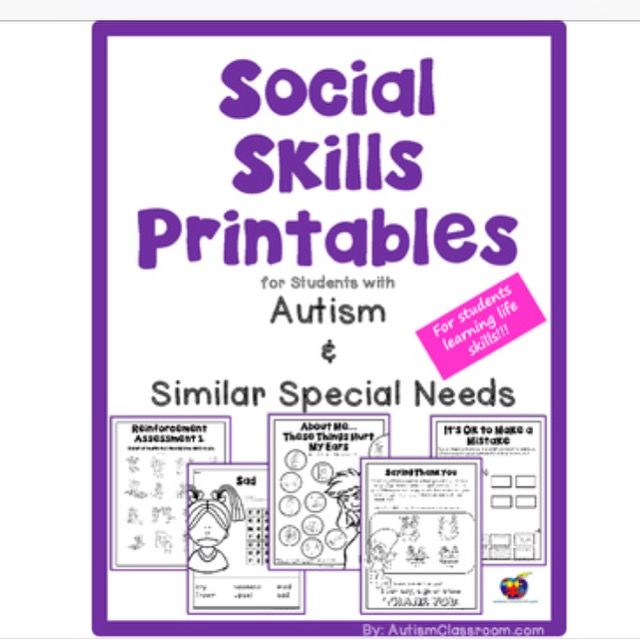 ).
). - In the next week, students discuss in groups their progress towards their goals, how they felt when they were helped by classmates, what kind of help was most useful.
Expected results : children learn to anticipate barriers to achieving a goal and think in advance about possible options for overcoming them, children learn to help others achieve their goals, ask for help and accept it.
2. Learning how to work with others
Exercise : learning together
projects - for example, to study material about a country, continent, scientist, physical phenomenon, etc.,
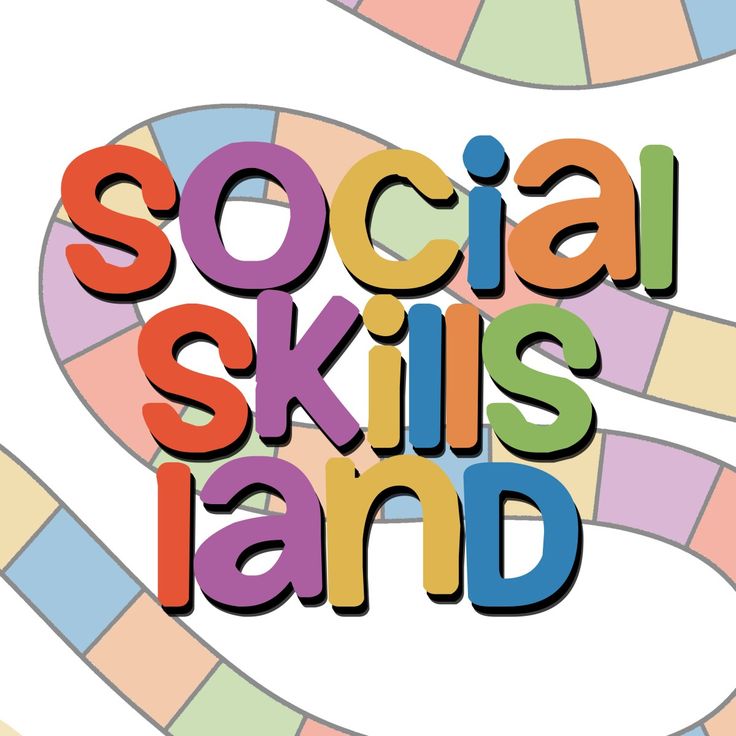
This exercise can have many variations, for example, “brain rings”, “debates” of representatives of different historical eras, etc.
According to the head of Educational Spaces Design Studio Rai Ivanovskaya, the task of forming and developing SES among students can definitely be solved with the help of designing the school space: forgot about the goals set (by the teacher or by themselves) - you can make a special stand in the class, on which they could write their goals, indicate the planned deadlines for achievement, indicate the expected obstacles and how they eventually coped with them. That is, this information is constantly “in sight” (the guys will not forget), and is also a demonstration of their success. In the event that someone does not cope with the task on their own, this is also visible and the teacher can “hint” to the students that their help and support is required (and this is already a manifestation of caring - that is, the skill of working together).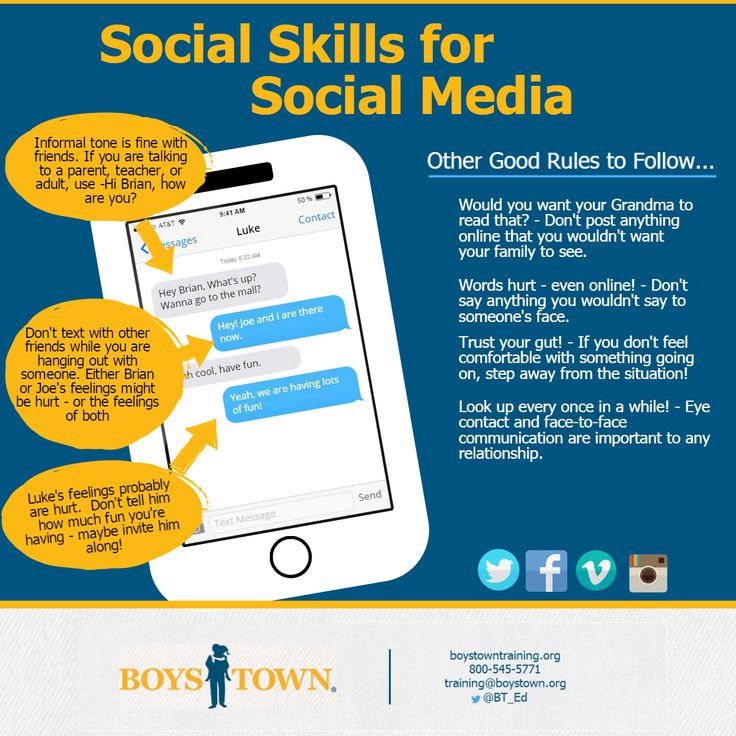
The stand itself must be visually attractive in design (with motivating phrases, for example), made of modern materials (marker film, cork, etc.) - so that children would be “pleasant” and interested in interacting with it.
Educational space design studio: we turn boring school interiors into bright and beautiful ones! View our work in the PORTFOLIO section.
By the way
Many currently existing SES assessment tools have disadvantages: they are based on purely local experience, data on the psychometric quality of methods are not published, there are practically no references to international experience, experience is often designed for individual assessment and is not scaled, and the result of assessment depends on the skills of the teacher and his attitude towards a particular student. However, if we do not have SES assessment tools, then we cannot draw conclusions about their development, can we?
The HSE Education Quality Monitoring Center, together with the Sberbank Charitable Foundation “Investment in the Future”, conducted a large-scale study of social and emotional skills in primary and secondary schools, based on an international research framework, associated with the Federal State Educational Standards for Primary and Basic Education, which resulted in developed monitoring evaluation tools.
It is important that the school as a whole (that is, different teachers) have a unified system of work on the socio-emotional development of children, as well as coordinated work within the teaching team, which is organized systematically and purposefully.
Target audience of SES development methods:
- whole class or whole school,
- risk group or children with a specific problem area (e.g. very shy),
- individual students experiencing severe stress, having situational problems or going through a period of crisis (for example, in the course of adapting to a new school team when moving from one school to another).
When reprinting a link to the website of the Educational Spaces Design Studio (www.design4school.ru) is required.
15 Professional Skills of a Modern Teacher
A diploma and work experience are far from all that a teacher needs for professional development. In parallel with knowledge, teachers need to master a number of skills in order not only to be in the profession, but to be a competitive highly paid specialist.
#Teachaholic offers 15 skills that a teacher of the 21st century should possess: how teachers should teach them.
In such circumstances, the teacher must be flexible and open to new ideas and knowledge in order to meet ever-increasing demands.
Confidence
Be confident - not only in yourself, but also in your students and colleagues. Confidence is contagious, so your confidence in your own competence and professionalism will instill that feeling in your students as well.
Communication skills
A teacher must be able to communicate with students, their parents, administration, colleagues. 90% of a teacher's working time is spent in communication with other people, so it is critical to be able to express your thoughts simply, clearly and clearly in order to accurately convey your point of view to the addressee.
Ability to work in a team
A teacher should always play, so to speak, in the same team with his students.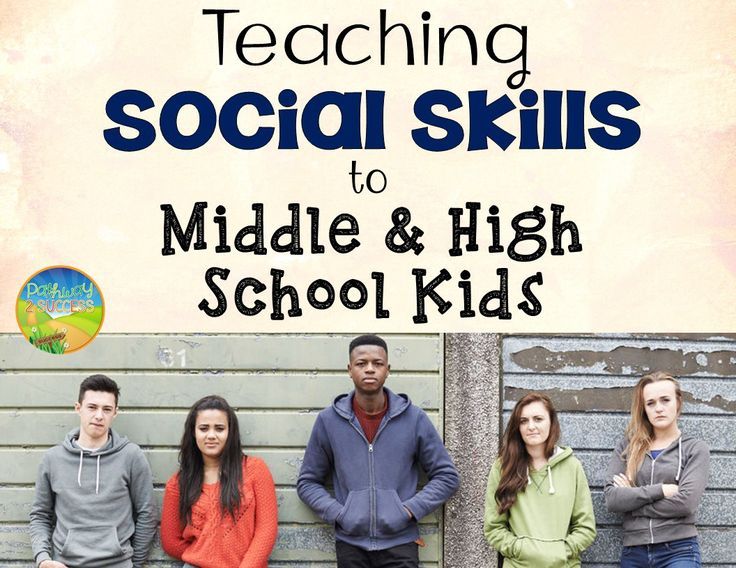 Be on their side, be involved in the work of the class - this will primarily have a positive effect on academic performance, and it will simply help build healthy relationships in the class.
Be on their side, be involved in the work of the class - this will primarily have a positive effect on academic performance, and it will simply help build healthy relationships in the class.
Successful teacher = lifelong learner!
Non-stop learning
Being a teacher means never stopping learning. Knowledge will never be superfluous, so successful teacher = lifelong learner!
Rich imagination
Imagination is the teacher's most powerful tool. Only with its help you can figure out what to do with the Beginner level group at the first conversation lesson =))
But seriously, creativity is necessary in order to keep students involved even in the most difficult topics. Plus, the variety of lessons will help the teacher not only to interest students, but also to be interested himself.
Leadership
A classroom teacher is a mentor who not only teaches, but guides his students in the right direction, sets a good example and encourages.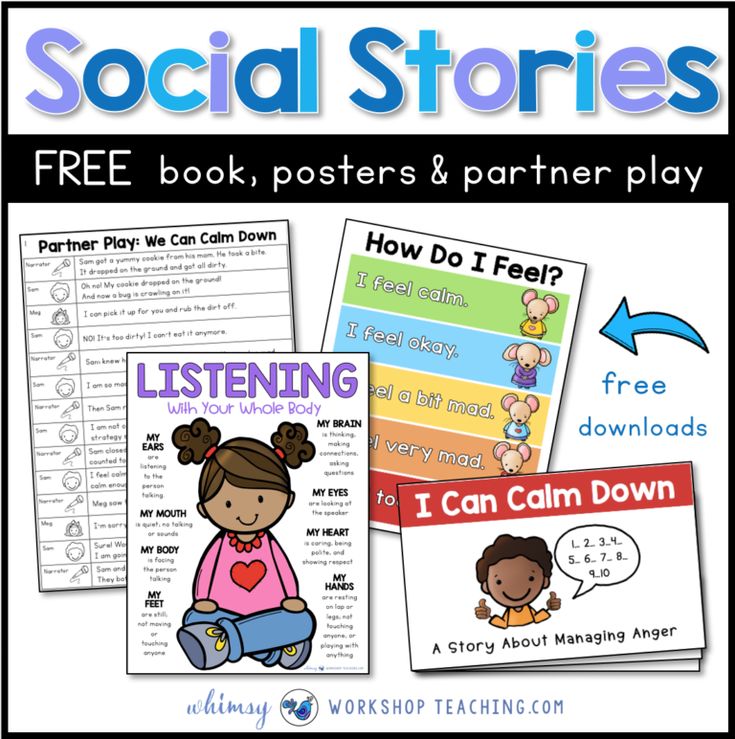 Only such a teacher can earn credibility and become a professional, to whom tens and hundreds of students will be grateful.
Only such a teacher can earn credibility and become a professional, to whom tens and hundreds of students will be grateful.
Organizational skills
The realities of the profession are such that a teacher needs to be able to plan and prepare literally for the unknown - for working with new students, for an unplanned lesson, for 10 minutes that suddenly remained at the end of the lesson, etc.
An organized teacher is able to create a more effective learning environment in which students will achieve high results.
Innovation
Don't forget to try new things - new approaches, techniques, applications and gadgets. Discuss this with your students and link the lessons to the innovations that are emerging in the world. In a language classroom, this will add vitality to the lessons and help develop students' creativity.
Involvement in the profession
Do what you love. Love what you do.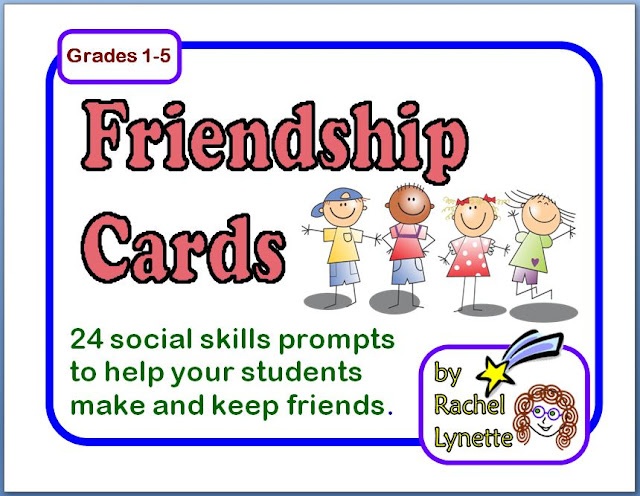 Students should see a professional who is passionate about their work and interested in working with them.
Students should see a professional who is passionate about their work and interested in working with them.
Ability to work with online reputation
A real skill of the 21st century. If you are on social networks, you have an online reputation. Your accounts are available to management, students, parents, and you should be prepared for close attention from them.
Understanding technology
Keeping track of absolutely all technological innovations is difficult, and in fact it is not necessary. But to completely ignore them would be a real crime! From the stream of innovations, it is important to learn how to single out those digital tools that will benefit students.
Engagement
Your task is to find among all modern materials those that can arouse interest in the class. To master this skill, it is enough to be able to do what we wrote about above - to be an innovator, be able to use technology and love your job.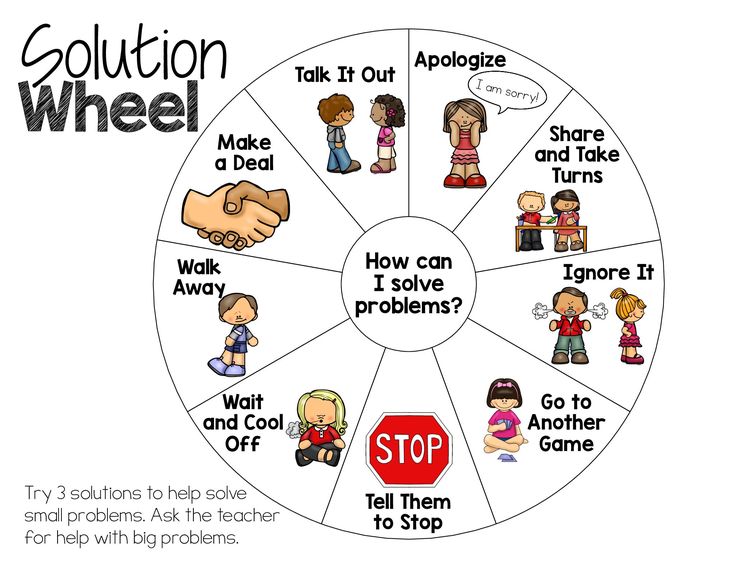
The ability to "disconnect" from work
Give yourself and your students breaks. Learn to have a real weekend for yourself - without calls from work, homework checks and thoughts with plans for the next work week.
Ability to empower others
Get inspired and inspire! Here's what the students need.
By and large, everything can be learned on your own - but only a teacher, a real mentor and assistant, can motivate, teach a student to be open to new ideas, creative, flexible and truly love the learning process.
Help students solve their problems related to learning, guide them, make them think, give knowledge that will be useful not only in solving tests, but also in life. And such students will stay with you for a long time!
comments powered by HyperComments
Support #Teachaholic if you find our work useful 💜
We have been developing the magazine on our own for more than 2 years, and now we really need your support!
If our materials at least once turned out to be useful to you, if you used them in your lessons and delighted students with fresh ideas, you can say “Thank you” to us and make any contribution to our work that is comfortable for you in the form of a donation.